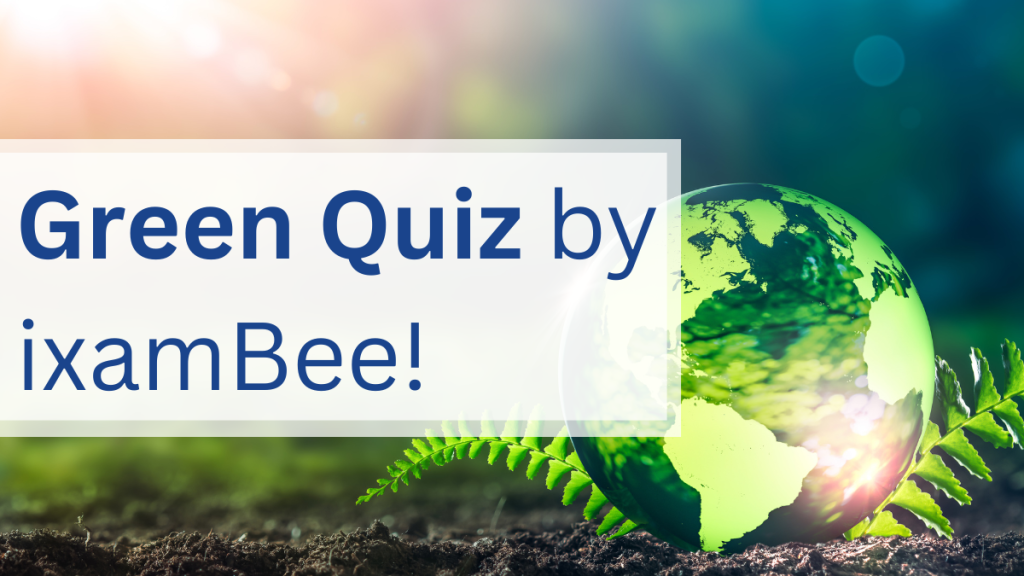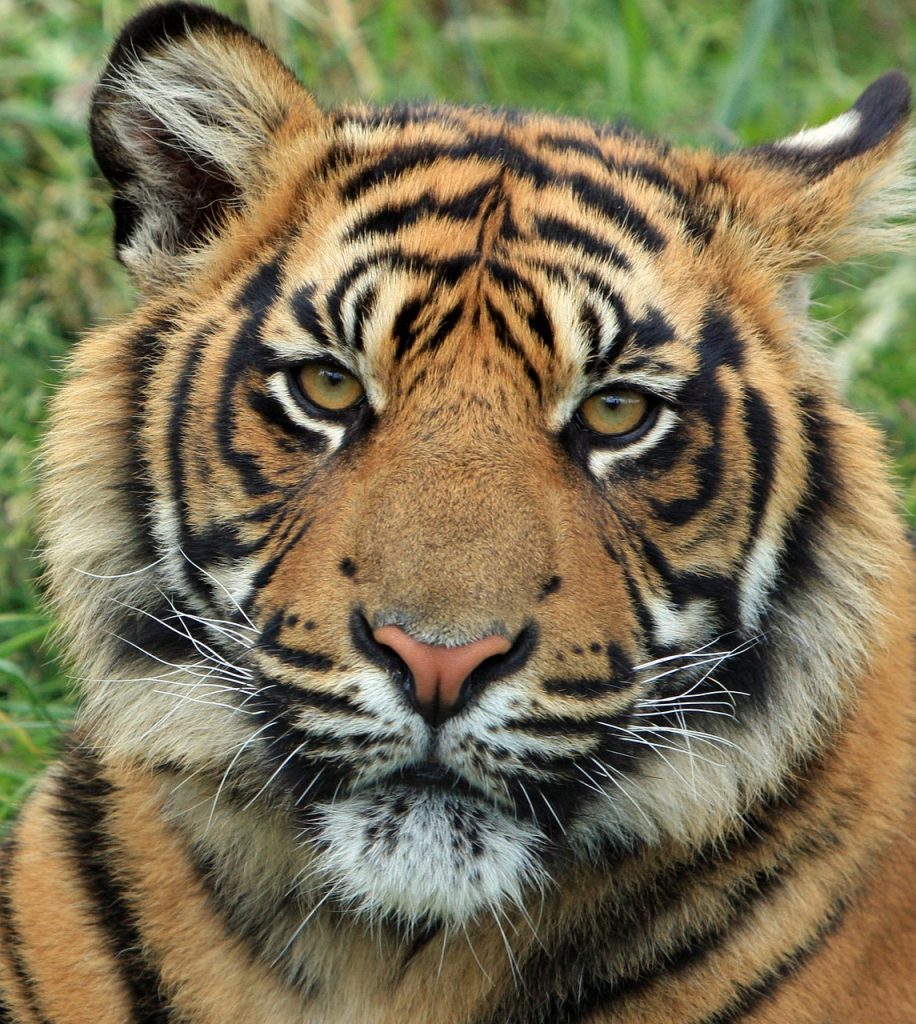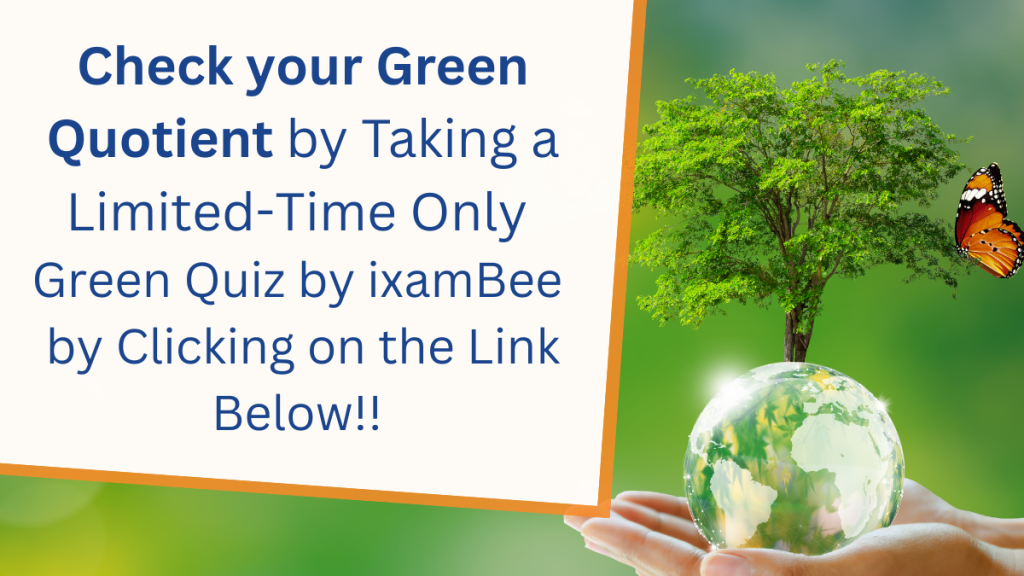In connection to World Environment Day, let us today discuss the conservation of endangered species, habitat preservation, and the role of wildlife sanctuaries and national parks in biodiversity conservation.
World Environment Day
World Environment Day is an annual event celebrated on June 5th. It serves as a platform to raise awareness and take action on pressing environmental issues. World Environment Day serves as a reminder of our shared responsibility to protect and conserve the environment for current and future generations. It highlights the need for sustainable practices, environmental stewardship, and collective efforts to address pressing environmental challenges such as climate change, biodiversity loss, pollution, and resource depletion. It serves as a platform for governments, policymakers, and environmental organizations to discuss environmental policies, share best practices, and advocate for stronger action on critical issues. It encourages the formulation and implementation of sustainable policies and promotes international cooperation on environmental matters.
This World Environment Day, let us learn about wildlife conservation, the protection of endangered species, how to preserve the natural habitat and the role of wildlife sanctuaries and national parks in biodiversity conservation.

What is Wildlife Conservation?
Wildlife conservation refers to the protection, preservation, and management of wild animals and their habitats. It aims to maintain and restore the natural environment to ensure the survival and well-being of wildlife species.
The primary goal of wildlife conservation is to prevent the extinction of species and maintain the biodiversity of ecosystems.

Why is Wildlife Conservation So Important?
Let us learn more about the benefits of wildlife conservation.
Over the last two centuries, the global human population has experienced an exponential surge, surpassing seven billion individuals in the present day, with no signs of slowing down. Consequently, the consumption of natural resources has escalated at an unprecedented rate. This rapid growth and urbanization pose significant risks to the habitats and survival of various wildlife species worldwide. Particularly vulnerable are animals and plants that face displacement due to land development or are exploited for human needs, such as food and other purposes. Additionally, wildlife confronts additional threats, including the introduction of invasive species from different regions, the adverse effects of climate change, pollution, hunting, fishing, and the illicit act of poaching.
Wildlife conservation is important for many many reasons. Let us try to understand some of those reasons here in brief. For starters, wildlife is a crucial component of Earth’s biodiversity. Each species plays a unique role in the ecosystem, contributing to the overall balance and functioning of natural systems. Conserving wildlife helps maintain a diverse range of species, which is vital for the stability and resilience of ecosystems. What’s more, wildlife species interact with their environments and other organisms in complex ways. They contribute to processes like pollination, seed dispersal, and nutrient cycling, which are essential for ecosystem health. The loss of wildlife can disrupt these ecological interactions and lead to cascading effects throughout the ecosystem.
Furthermore, healthy ecosystems provide various services that are essential for human well-being, such as clean air and water, climate regulation, soil fertility, and food production. Wildlife conservation helps safeguard these ecosystem services, ensuring their continued provision for present and future generations. We should also remember that wildlife species have contributed to numerous scientific discoveries and medical advancements. Studying wildlife provides valuable insights into evolutionary biology, animal behavior, and ecological processes. Furthermore, many pharmaceutical drugs have been derived from natural compounds found in plants and animals. Preserving wildlife habitats ensures the availability of these resources for future scientific and medical research.
Last but certainly not least, wildlife has cultural and aesthetic significance. Many species hold cultural and spiritual value for communities around the world. Additionally, wildlife and natural habitats are sources of inspiration, recreation, and enjoyment for people, contributing to their quality of life and overall happiness.
How can Wildlife be Conserved and Protected?
Wildlife conservation is a multidisciplinary field that involves collaboration between governments, conservation organizations, scientists, local communities, and individuals. It plays a vital role in preserving Earth’s biodiversity, protecting fragile ecosystems, and maintaining the ecological balance necessary for the well-being of both wildlife and humans. This involves various strategies and activities, including:
1. Preserving and safeguarding the natural habitats of wildlife is crucial for their survival. This includes conserving forests, wetlands, grasslands, and other ecosystems that support diverse wildlife populations.
2. Implementing measures to manage and protect specific species at risk is an essential aspect of conservation. This may involve captive breeding programs, reintroduction efforts, and controlling invasive species or diseases that threaten wildlife populations.
3. Combatting illegal activities such as poaching and wildlife trafficking is critical for conservation. It involves implementing strict laws, increasing surveillance, and supporting anti-poaching efforts to prevent the illegal trade of wildlife and their parts.
4. Raising public awareness about the importance of wildlife conservation is essential for fostering a sense of responsibility and garnering support.
5. Conducting scientific research and monitoring wildlife populations and their habitats provide crucial information for effective conservation strategies. Monitoring helps assess the status of species, identify threats, and evaluate the effectiveness of conservation efforts.
List of Endangered Species
Here is a list of some endangered wildlife species from various regions around the world. However, it is important to note that this is not an exhaustive list, as there are many more endangered species around the world. The status of species may change over time as conservation efforts are implemented. It’s important to refer to updated sources and organizations specializing in wildlife conservation for the most current information on endangered species.
1. Amur Leopard
2. Sumatran Orangutan
3. Sumatran Tiger

4. Sumatran Elephant
5. Black Rhinoceros
6. African Wild Dog
7. Hawksbill Sea Turtle
8. Giant Panda

9. Mountain Gorilla
10. Bornean Orangutan
11. Javan Rhinoceros
12. South China Tiger
13. Vaquita
14. African Forest Elephant
15. Sei Whale
16. Irrawaddy Dolphin
17. Saola/Asian unicorn
18. Cross River Gorilla
19. Galapagos Penguin
20. Leatherback Sea Turtle
21. Peregrine Falcon
22. Yangtze River Dolphin
23. Ethiopian Wolf
24. Philippine Eagle
25. Blue Whale
26. Chinese Giant Salamander
27. Hump Head Wrasse
28. Whooping Crane
Conservation of Endangered Species
The conservation of endangered species involves efforts and strategies aimed at preventing extinction and promoting the recovery of these at-risk species. Here are some key approaches and actions involved in the conservation of endangered species:
- Habitat Conservation: First and foremost, what needs to be done is to provide the wildlife with their ideal environment by preserving their habitat. We will learn more about this in the following section.
- Invasive species control: Invasive species can have detrimental effects on native species, including endangered ones. Controlling and managing invasive species is important to protect the habitats and resources that endangered species rely upon.
- Educating the People: Public education programs can help foster a sense of responsibility, encourage sustainable practices, and garner support for conservation efforts.
- International cooperation: Many endangered species migrate across national borders or face threats that require international cooperation for effective conservation. Collaboration among governments, conservation organizations, and researchers is essential to develop and implement conservation strategies on a global scale.
- Sustainable development: Integrating conservation efforts with sustainable development practices is important for achieving long-term conservation success. Balancing the needs of endangered species with the socio-economic needs of local communities can create win-win situations that promote both human well-being and species protection.
- Policy and advocacy: Advocacy for stronger environmental policies and regulations at local, national, and international levels is critical for the conservation of endangered species. This involves working with governments, policymakers, and stakeholders to enact and enforce laws that protect endangered species and their habitats.
Habitat Preservation
Habitat preservation is a crucial component of wildlife conservation and involves protecting and maintaining the natural environments and ecosystems that support diverse plant and animal species. Habitat preservation plays a vital role in maintaining the biodiversity, ecological balance, and overall health of ecosystems. By protecting habitats, we safeguard the habitats necessary for wildlife to thrive and ensure the long-term survival of numerous plant and animal species. Here are some key aspects and strategies related to habitat preservation:
- Protected areas: Establishing protected areas, such as national parks, wildlife sanctuaries, and nature reserves, is a fundamental approach to habitat preservation. These areas provide legal protection and management to conserve the biodiversity and ecological integrity of specific habitats.
- Land acquisition and conservation easements: Acquiring land or securing conservation easements to prevent habitat destruction is an effective way to preserve critical habitats. Conservation easements are legal agreements that limit the future development or alteration of the land to protect its ecological value.
- Restoration and rehabilitation: Rehabilitating degraded habitats and restoring them to their natural state is essential for preserving biodiversity. Restoration efforts may include reforestation, wetland restoration, and regenerating degraded ecosystems to enhance their capacity to support wildlife.
- Land-use planning and zoning: Implementing effective land-use planning and zoning regulations can help minimize habitat loss and fragmentation. By designating specific areas for conservation and regulating development activities in sensitive habitats, habitat preservation can be prioritized.
- Buffer zones: Establishing buffer zones around protected areas can provide an additional layer of protection for habitats by minimizing the negative impacts of human activities such as pollution, encroachment, and habitat degradation.
- Sustainable agriculture and forestry practices: Encouraging sustainable agricultural practices, such as agroforestry and organic farming, can help reduce habitat destruction caused by traditional farming methods. Similarly, implementing sustainable forestry practices, such as selective logging and reforestation, can mitigate the negative impacts on habitats.
Role of Wildlife Sanctuaries and National Parks in Biodiversity Conservation.
Wildlife sanctuaries and national parks play a crucial role in biodiversity conservation by providing protected habitats for a wide range of plant and animal species. It is important to note that the effectiveness of wildlife sanctuaries and national parks depends on proper management, enforcement of regulations, and community engagement. Collaboration between governments, conservation organizations, local communities, and other stakeholders is essential for the long-term success of these protected areas in conserving biodiversity. Here are some key roles and benefits of wildlife sanctuaries and national parks in biodiversity conservation:
- Biodiversity Hotspots: Many wildlife sanctuaries and national parks are located in biodiversity hotspots—regions with exceptionally high species richness and endemism. By preserving these hotspots, protected areas help maintain the highest levels of biodiversity on the planet.
- Ecosystem Services: Wildlife sanctuaries and national parks play a crucial role in the provision of ecosystem services. They help regulate climate, purify air and water, control pests, pollinate plants, and contribute to soil fertility. By protecting these areas, we ensure the continued provision of these essential services.
- Genetic Diversity: Protected areas facilitate the maintenance of genetic diversity within species. By providing undisturbed habitats, sanctuaries and parks allow for natural gene flow and genetic exchange, which is crucial for the long-term survival and adaptability of species.
- Science and Research: Wildlife sanctuaries and national parks provide opportunities for scientific research and monitoring. They serve as outdoor laboratories for studying biodiversity, ecological processes, and species interactions. Furthermore, these areas can be used for environmental education and raising public awareness about the importance of biodiversity and conservation.
- Conservation Planning and Management: Protected areas provide a framework for conservation planning and management. They help set priorities for conservation efforts, guide land-use decisions, and establish regulations to prevent habitat destruction and unsustainable activities.
- Global Conservation Network: Wildlife sanctuaries and national parks collectively form a global network of protected areas. This network contributes to the overall conservation of biodiversity by ensuring the representation of different ecosystems and species across diverse geographical regions.

Want to test your knowledge about the environment and related economic and social issues? Well, the Green Quiz by ixamBee is what you should be taking right now!!
Steps to Conserve Wildlife in India
India is a country rich in biodiversity and is home to numerous iconic and endangered wildlife species. To conserve wildlife in India, several steps and strategies are implemented. These measures, along with strict law enforcement, policy support, and public participation, are aimed at conserving and protecting India’s diverse wildlife. Continuous efforts and collaboration among various stakeholders are needed to ensure the long-term survival and well-being of wildlife species in the country. Among these, the Wildlife Protection Act of 1972 is a milestone. The Wildlife Protection Act of 1972 is a significant legislation in India that provides legal protection to wildlife and their habitats. It prohibits hunting, poaching, and trade of endangered species, and empowers authorities to take action against offenders. Some other projects/schemes undertaken by the Government of India are:
- Project Tiger
- Project Elephant
- Project Snow Leopard
- Project Hangul
- Crocodile Conservation Project
- UNDP Sea Turtle Project
- Wetland (Conservation and Management) Rules 2010
Balancing human activities and the needs of wildlife is crucial for long-term conservation success. Encouraging sustainable practices such as responsible tourism, sustainable fishing, and regulated land use helps minimize negative impacts on wildlife and their habitats. Lastly, it is the responsibility of each individual to protect the planet and its environment that we have borrowed from future generations. As humans, we have an ethical responsibility to protect and care for other living beings. Wildlife conservation reflects our moral duty to safeguard the natural world and prevent the unnecessary suffering and extinction of species. All in all, wildlife conservation is important for the preservation of biodiversity, maintenance of ecological balance, provision of ecosystem services, cultural and aesthetic value, scientific advancements, economic benefits, and ethical considerations. By protecting wildlife, we ensure a sustainable and healthy planet for future generations.
To help you prepare 50% faster for competitive exams, ixamBee provides free Mock Test Series and all the Current Affairs in English and Current Affairs in Hindi in the BeePedia capsules for GA Preparation. You can also get the latest updates for Bank PO, Bank Clerk, SSC, RBI Grade B, NABARD and Other Government Jobs















